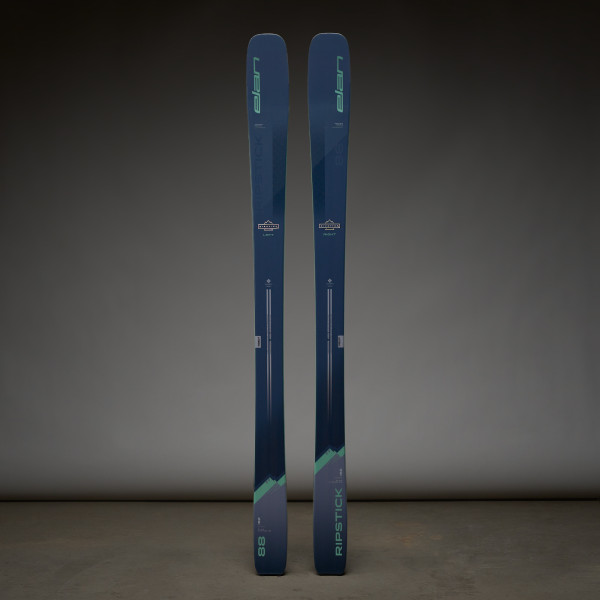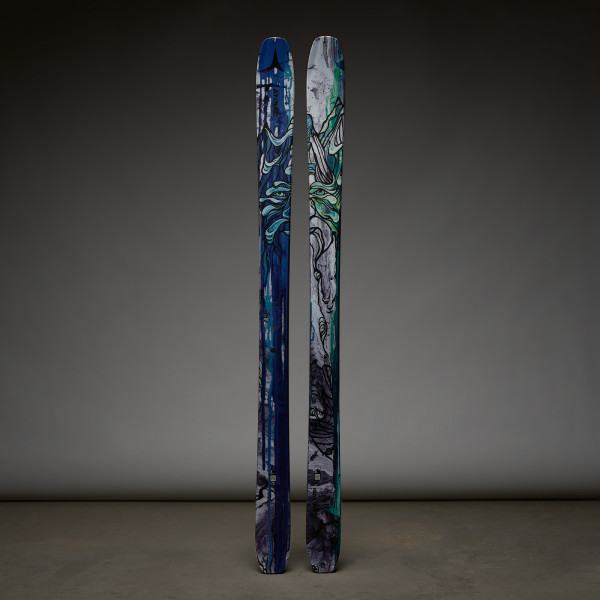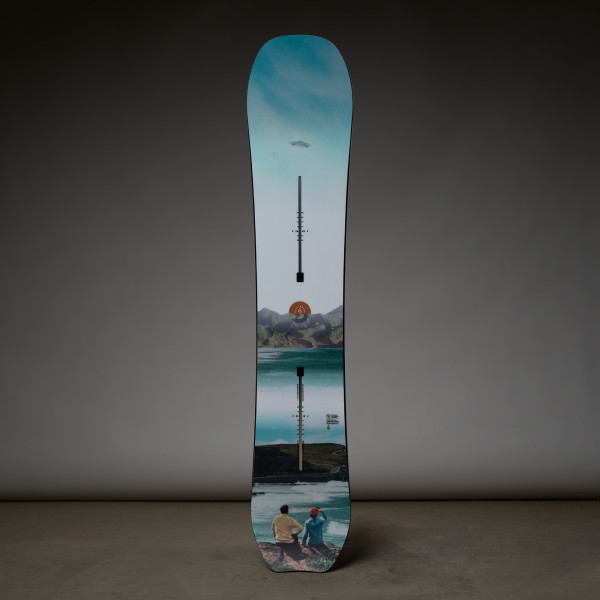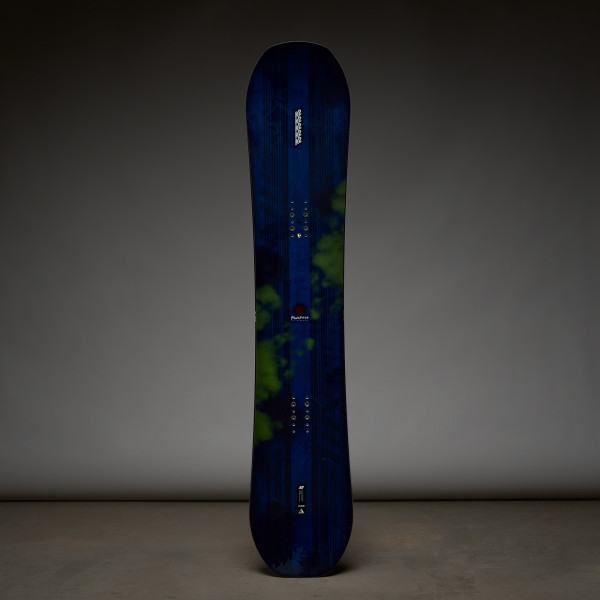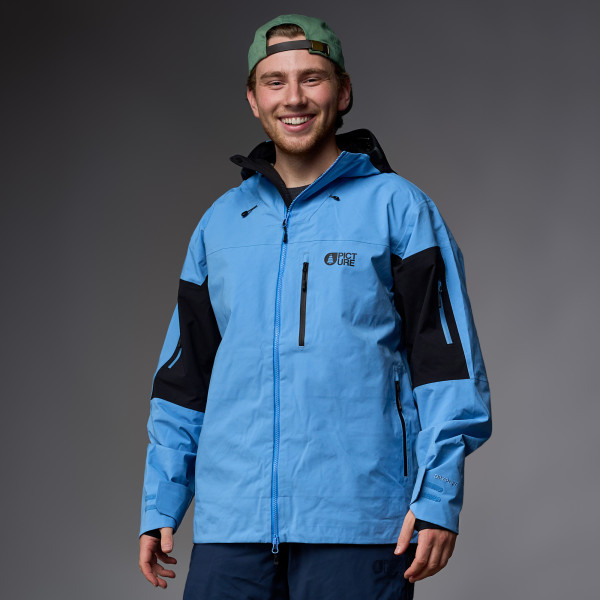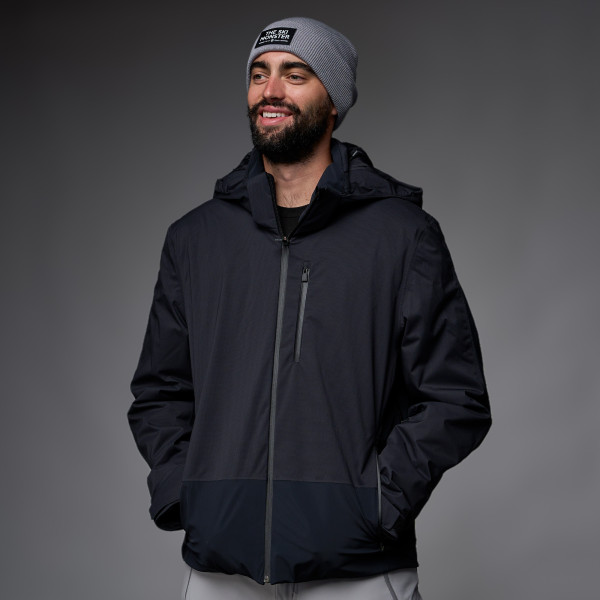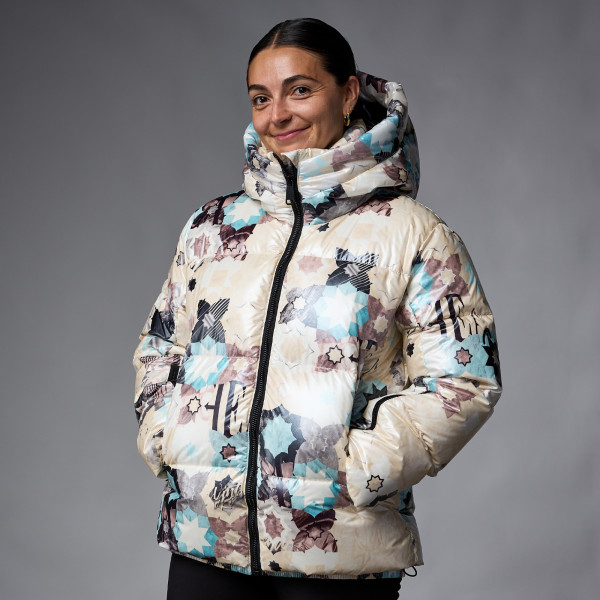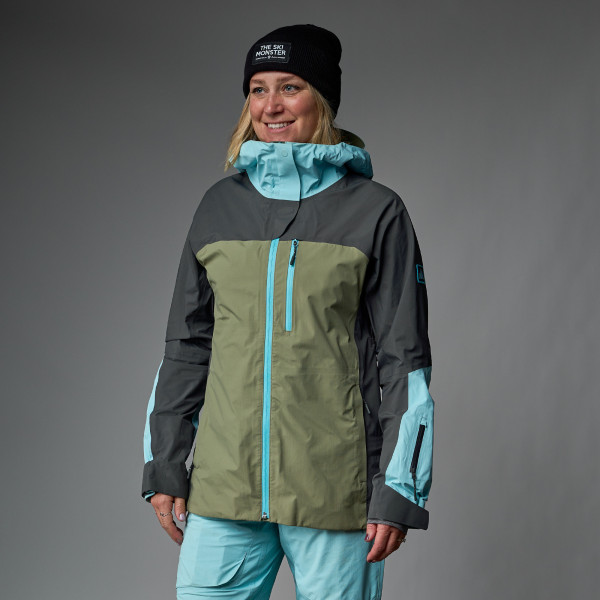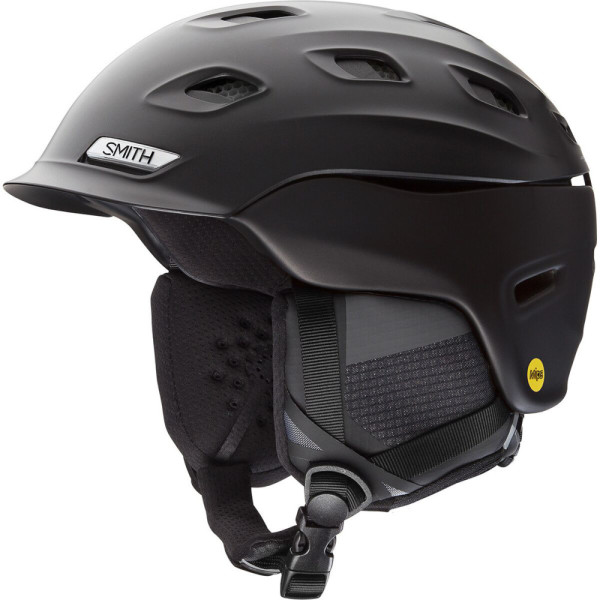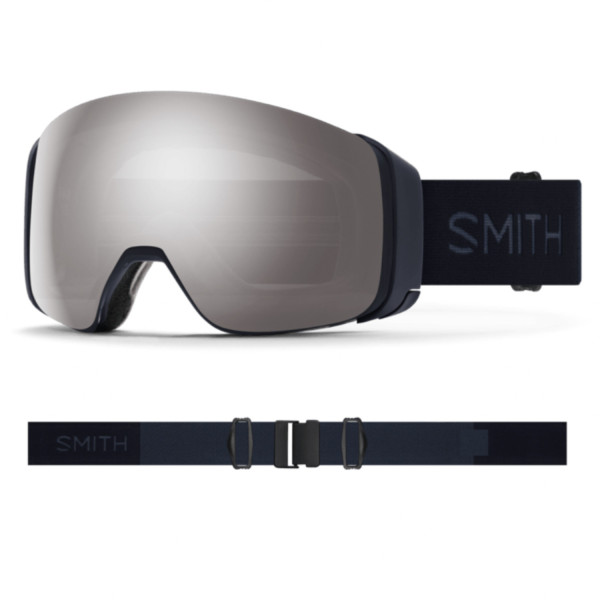Your Shopping Cart
END OF SEASON SALE, ALL 2024 GEAR ON SALE NOW
Hot Items
Ski & Snowboard Outlets
How to Size Ski Poles: What Size is Best For You
Posted March 29, 2014 @ 2:38pm | by Sam Barry
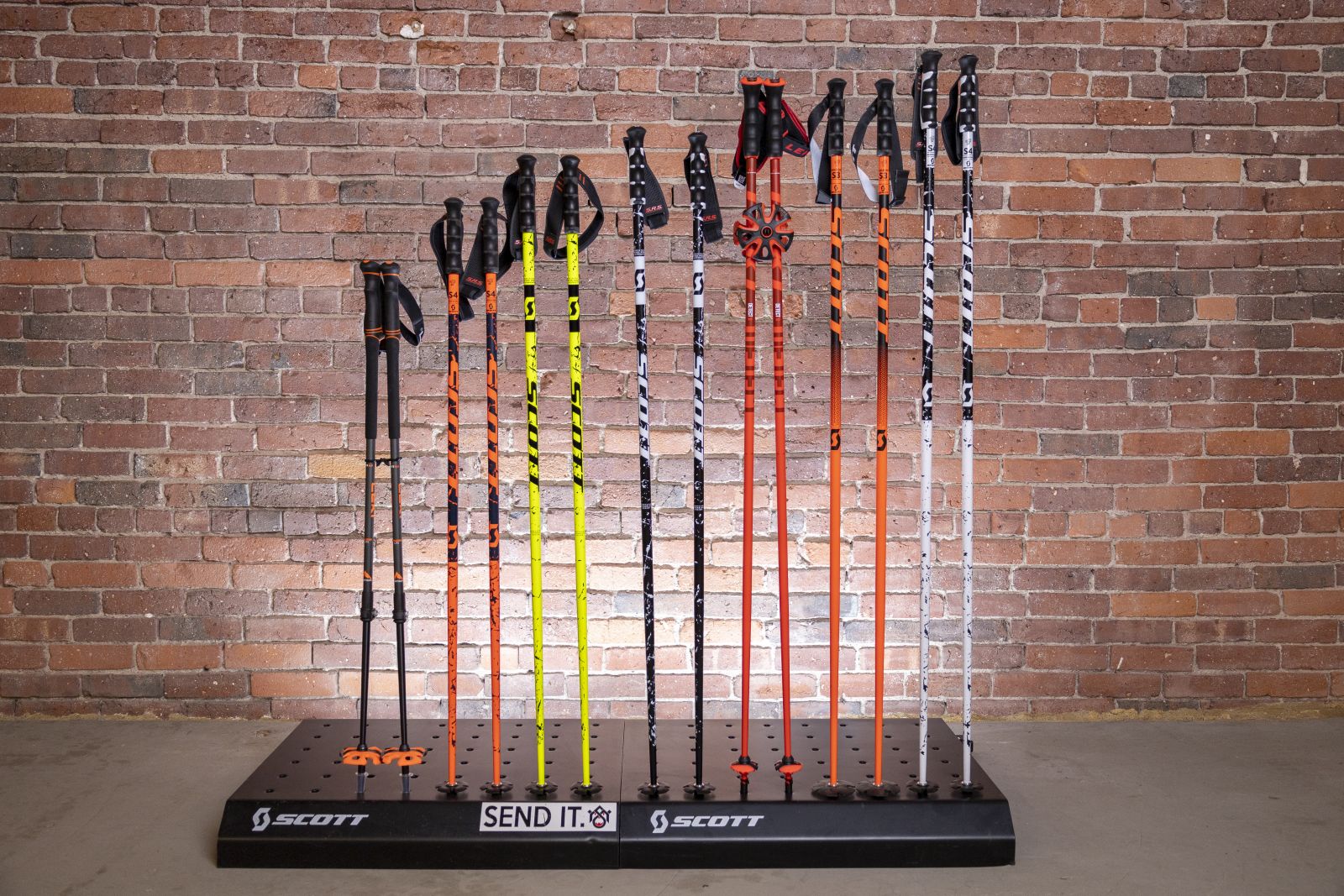
Ski poles are an essential part of every ripper's setup. Whether you’re new to skiing and in the market for your first pair or looking to replace the ones you dropped off a lift and never saw again, we’ve got you covered.
Now, you may be thinking, ‘Why even bother with poles at all?’ Well, they help with a couple of things. First is balance — pole planting is a common and useful technique skiers utilize to set up turns and keep their flow going. They are also a great support to get back up when you fall, keep you (and your snowboarder friends) moving across pesky flat catwalks and overall help you stay aligned.
While there are only a few components that make up the pole itself, they each have a purpose. The bottom bit of the pole is called a basket. This plastic piece keeps your pole from sinking too deep into the snow. Some poles come with two basket options or they can be purchased separately for different types of conditions. The general rule is to use a wider basket for deeper snow and a narrower one on groomers or hardpack. That being said, you’ll do just fine if you only have one type of basket to work with.
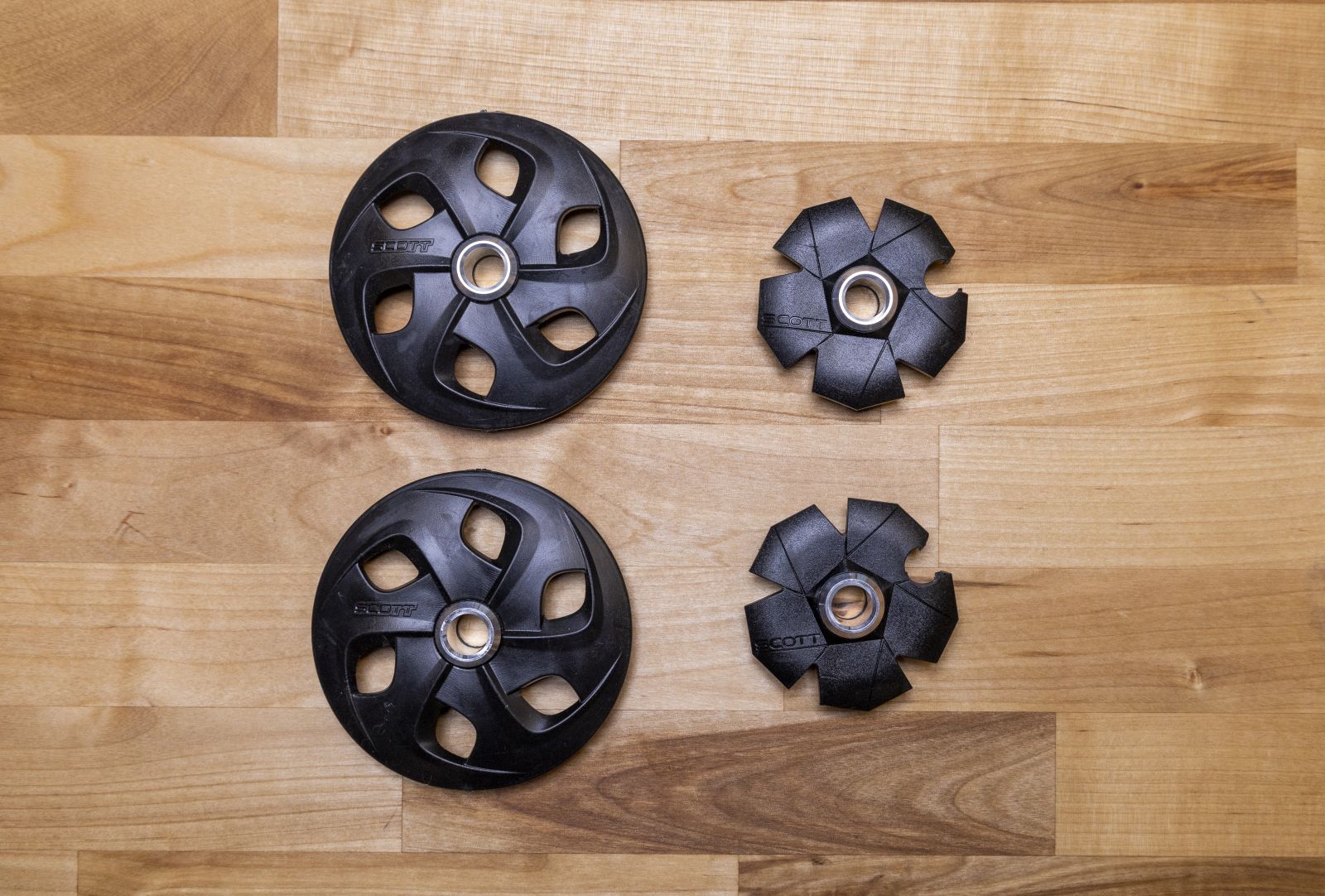
There is also a loop at the top known as a strap. This can be worn around your wrist to help keep your poles attached to you in case you take a tumble. Many skiers choose to go strapless making it more of a personal preference.
Poles also come in a variety of sizes. To find one that is right for you follow these steps.
Stand up straight in regular shoes or ski boots, hold the pole at the grip (the wider part at the opposite end of the basket) and then flip it upside down. Then, grip the pole just underneath the basket. This helps account for the portion of the pole that will sink into the snow while skiing. In this position, the correct length pole should roughly form a 90-degree angle between your elbow and forearm. Test until you’ve found the right height and that’s it!
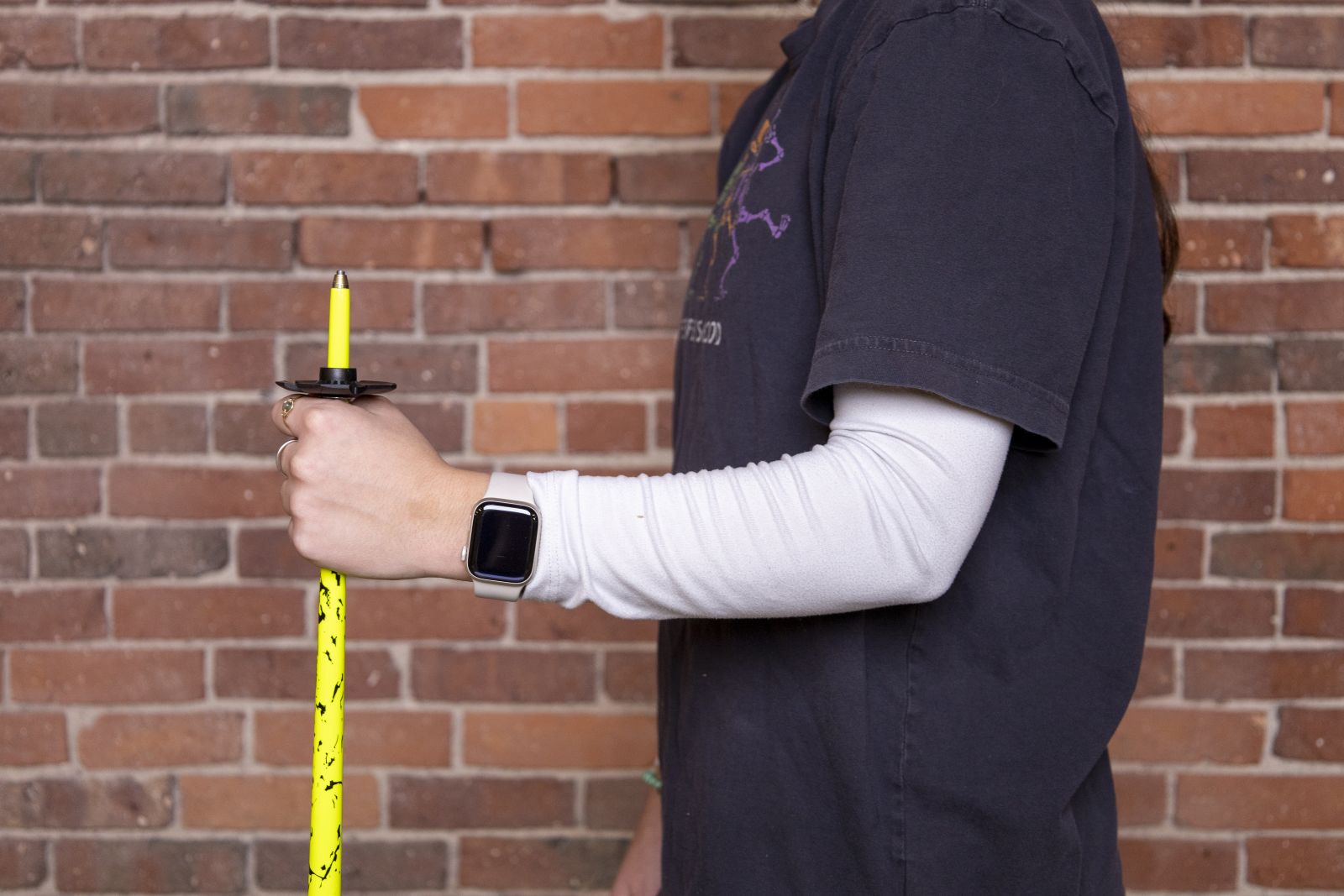
Depending on what kind of skiing you are doing, you might want to go slightly longer or shorter. If you are generally making quicker, narrower turns you might want to get a slightly shorter pole. This applies to mogul skiers, and park riders who want their poles out of the way of their tricks. Many park riders will skip the poles entirely.
Longer poles are beneficial for cross-country skiing and some alpine-related poling situations. When traversing a ridgeline, or skinning up to your most coveted backcountry stash a longer pole could be the difference between being at the peak for sunrise and skiing in someone else’s track.
This chart can be a helpful tool if you cannot measure your poles in person.
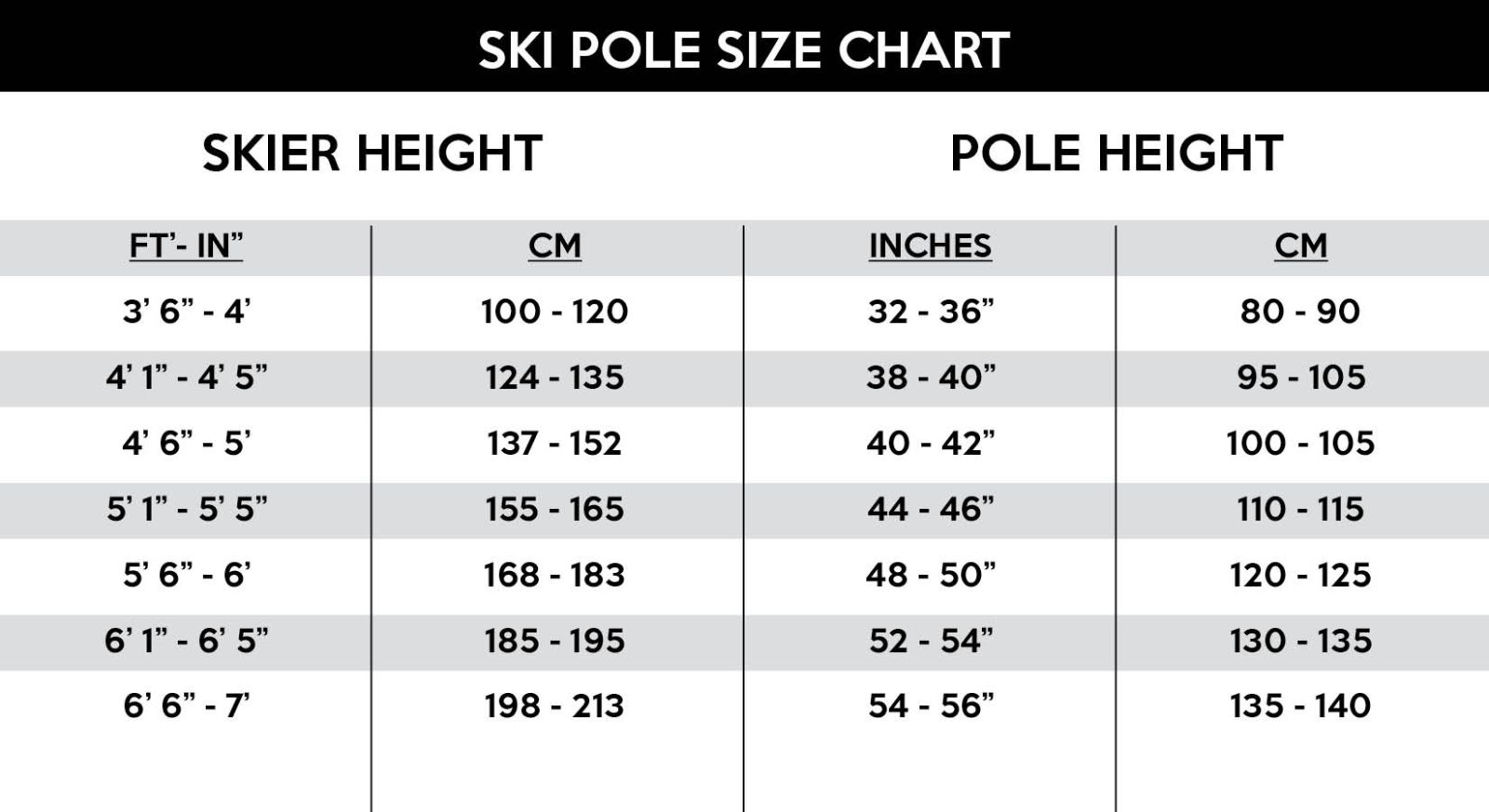
Adjustable poles are also a great option. Typically used by backcountry skiers and splitboarders, they can be extended for the uphill to give you more leverage when skinning and then shortened for your ride down. A longer pole will get you to your drop-in quicker, and a shorter pole will keep you balanced and in rhythm when you get there.
Want us to help you out with your poles in person? Book an appointment here.

